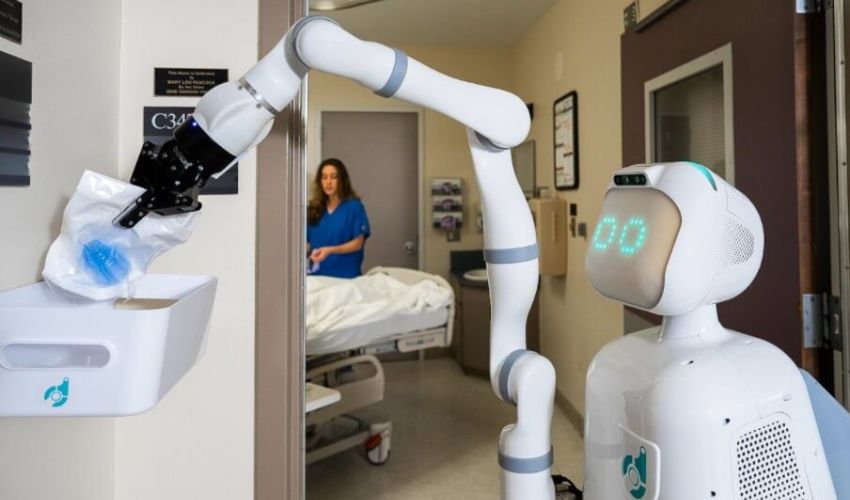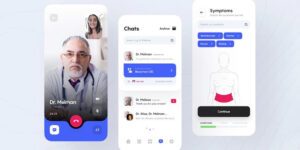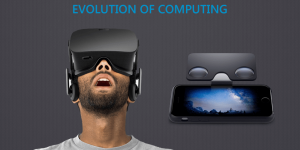
The world is increasingly gravitating toward science and technology. Every day, new discoveries and advancements occur that have a significant impact on our way of life. The coronavirus outbreak has only added to it; increasingly, businesses are leveraging technology to their advantage. Like the rest of the businesses in the world, the pharma industry is also undergoing a digital transformation as a result of the adoption of disruptive technologies.
With the introduction of advanced Digital Trends in the Pharma Industry, both doctors and patients are benefitted; and the pharmaceutical industry has seen a transformation in both research and development. Today, the industry is using technology to develop more effective treatments for life-threatening diseases like cancer, AIDS, and many more. The availability of high-quality healthcare services has been critical to the growth of this industry.
Here, we have compiled a list of the most innovative digital trends in the pharma industry that have laid the groundwork for the pharma sector. Check them out…
Top 7 Digital Trends in Pharmaceutical Industry
1. Telemedicine or Telehealth (Online Consultation):
This is the most prevalent digital trend in the pharma industry right now. Through the use of telecommunications and electronic information technologies, telemedicine has enabled patients to gain easy access to health-related services and information. There are numerous apps that offer doctor consultations and have proven to be as effective as meeting with doctors in person. Apps like LiveHealth, PlushCare, Amwell, Practo, etc. to name a few. Irrespective of the geographical barriers, these apps help patients gain access to health-related services.
2. AI in Healthcare:
Artificial Intelligence (AI) is in the mainstream today. It is used in myriads of industries, including pharma—several AI tools aid in providing positive outcomes to patients. AI endorses digital healthcare solutions with better outcomes and high-level treatments.
AI-based technology maintains a good record of a patient’s health conditions by observing the body pulse, temperature, and a variety of activities that help ensure an individual’s stats are constantly monitored while reducing the burden on medical professionals. Moreover, it also improves the customer chatbot service, which allows patients to resolve their doubts about medicines, treatments, and payments easily.
3. Robotics in Healthcare:
The implementation of automated healthcare systems in most hospitals and healthcare centers is not far off. Research indicates that Healthcare and technology are expected to become more prominent investment areas in the near future. The field of medical robotics is rapidly expanding.

Many hospitals have already begun to use robotics since the coronavirus outbreak. Patients at the Höpital Pitié Salpêtrière in Paris, France, for example, were cared for by Pepper, a caring, humanoid robot. During the COVID-19 pandemic, Pepper assisted patients in the intensive care unit in communicating with their families, who were not permitted to visit. The robot assists patients with a video conference via the tablet. This reduced the stress levels of both the patient and his family along with the risk levels of the hospital staff.
Another excellent example is the Da Vinci surgical system, which has evolved into a perfect human teammate. It simplifies and expedites the surgery. Furthermore, it ensures the patient’s safety. Intuitive Surgical, an American company, created this robotic surgical system. It is controlled by a surge and is specifically intended to facilitate surgery using a minimally invasive approach.
4. Lab Management Software In Healthcare
With the integration of Big Data, predictive analytics, and AI, lab management software enables healthcare providers to streamline and optimize various laboratory processes. It allows for the seamless management of patient samples, test orders, and results, reducing errors and improving turnaround times.
Furthermore, predictive algorithms embedded within the software can analyze historical data and real-time information to anticipate laboratory workload, optimize resource allocation, and predict potential bottlenecks. By leveraging the power of predictive analytics, lab management software contributes to the overall improvement of healthcare delivery and outcomes.
5. Predictive Diagnosis in Healthcare:
Big Data and predictive analytics detect patients’ health based on symptoms and signs. This method saves time and is accessible to anyone. These algorithms, driven by the surge of Artificial Intelligence (AI) and the Internet of Things (IoT), can be supplied with the patient’s history and real-time information to produce meaningful predictions.
Predictive analytics in healthcare can assist in detecting early signs of clinical deterioration in the ICU and general ward, identifying at-risk patients in their homes to prevent hospital readmissions, and preventing avoidable downtime of medical equipment.
6. AR and VR:
AR (Augmented Reality) and VR (Virtual Reality) technologies are extensively used by healthcare companies today to improve customer experiences by engaging them in healthcare activities. For instance, by using virtual reality apps for aesthetic medicine and orthodontia, healthcare providers and patients can schedule the sequence of procedures and check the results. Moreover, Healthcare professionals in ophthalmology can provide their patients with an app that improves the vision of patients suffering from cataracts or AMD, among others. Patients can gain a better understanding of the problem and be more involved in their treatment this way.
AR and VR technologies are used to improve self-diagnosis during pandemics. These technologies are especially useful in remote areas where visiting clinics is difficult. And people in such areas can rely on telehealth services. AR’s improved self-diagnostics provide a better overview of whether a person needs hospital check-ups and treatment or whether the ailment can be treated at home.
Also See: Augmented Reality – The Next Revolution in Digital System
7. E-Learning in Healthcare:
Lastly, e-learning is the newest and one of the most popular digital trends in the pharma industry. It is the simplest way to upskilling oneself in the wake of recent medical industry developments. Medscape Mobile, Human Anatomy Atlas, and Brainscape are some of the most popular e-learning apps for healthcare practitioners. E-learning comes in many forms, including computer learning, augmented reality, and virtual reality simulations.
Wrapping it up…
So, these are the 7 major digital trends in the pharma industry that are propelling the healthcare sector forward. Among these advancements, the integration of hl7 fhir standards is revolutionizing how healthcare data is shared and utilized, ensuring interoperability and enhancing patient care across the digital health ecosystem. More innovative and technological advancements are expected to come up in the future that will shape the whole industry and influence overall growth.
Also see: Top 10 HR Tech Trends To Look Out For






